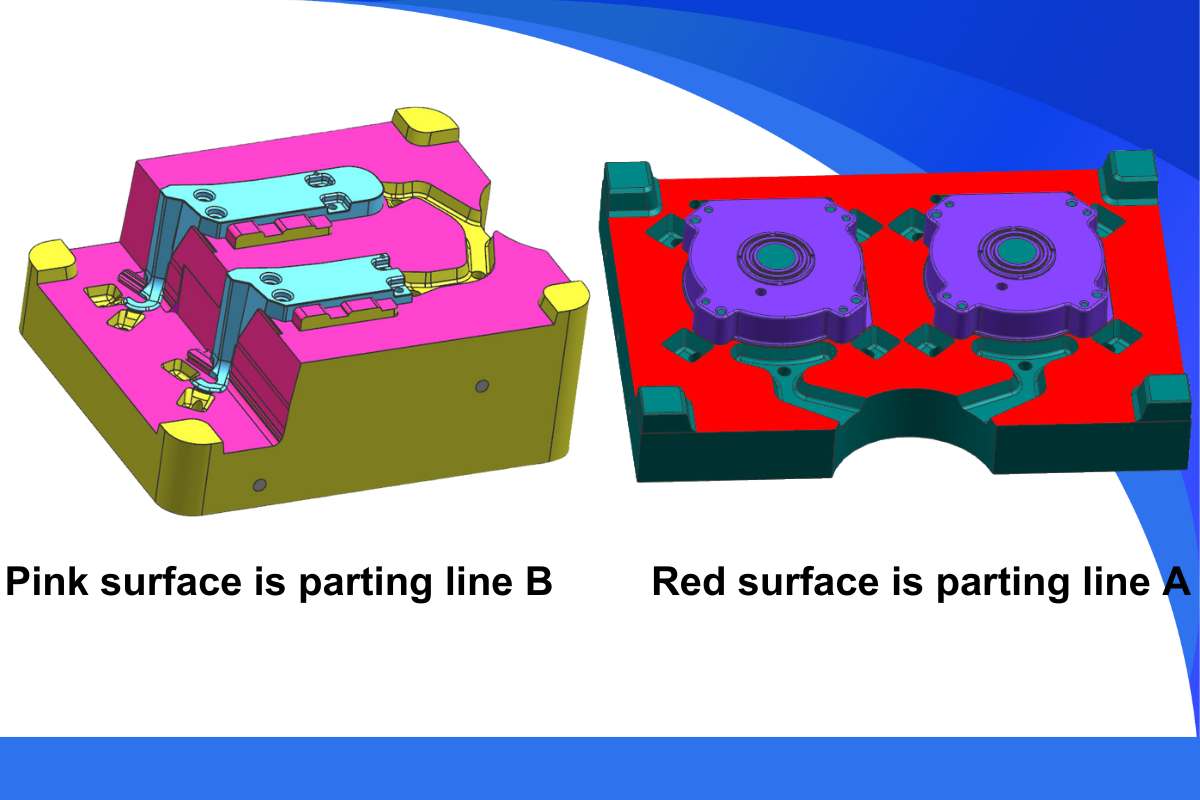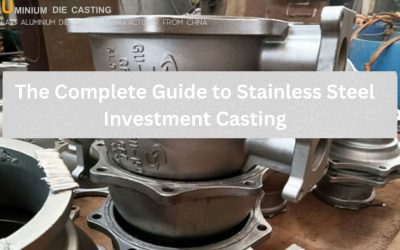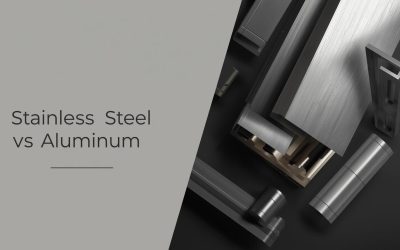The die-casting process is used in a big range of industries to generate high-standard metal parts with close tolerances and perfect surface finishes. When designing a part to be produced using a die-casting process, many considerations must be taken into account so that the part can be successfully fabricated.
Basic die cast part manufacturing considerations
Some of the general manufacturing and design considerations contain:
Draft
The mold used to make a diet-cast part has to be designed so that the part can be simply removed from the old after the part has been cast and has chilled. Draft is a slight angle designed into vertical surfaces of the die to permit easier ejection of the part from the die after the die-casting process.
Fillet
A fillet is a radius at a corner where 2 surfaces meet, rather than having a quick corner. An internal fillet decreases the stresses that happen in that place when the part is stressed or bent. An external fillet radius used to get rid of quick edges.

Undercut
An undercut is a feature of the diet-cast process that stops the piece from being ejected from the die after casting. Designs that need an undercut necessitate hard dies with removable slides so that the part can be extracted after casting. It is commonly more affordable to redesign the part to get rid of undercuts.
Mold components
In order to make different design elements with die-cast part, different components are used within the mold. The die may also contain removable slides or other sections to generate a component with recesses, cores, or undercuts. Some of the mold components contain:
Core – A core is a circular or other shaped area or pin that is used to make void in a die cast part. The core can be fixed or moveable, depending on the design of the part to be made.
Slide – A slide is a mold part that can be used to make undercuts or voids in the fabricated parts. Slides are generally incorporated parallel to the die parting axis. These parts can be complex, permitting for design elements such as threads to be designed into a part.
Insert – A hard part can be produced using a pre-fabricated insert part that fits into the mold prior to casting. The insert is then encased in the die-cast component and becomes part of the ended part. Other mold design considerations contain the placement of gates for the flow of the molten metal and the addition of water lines for chilling the part after die casting. Although these designs parts do not contribute to the end design of the part, they are important parts of the mold design process.
Please go to die casting mold design page to know more infoation about design of die casting mold.





0 Comments